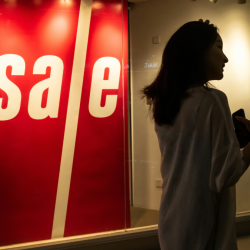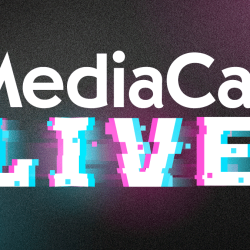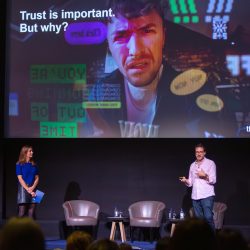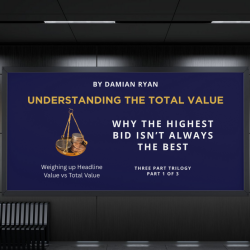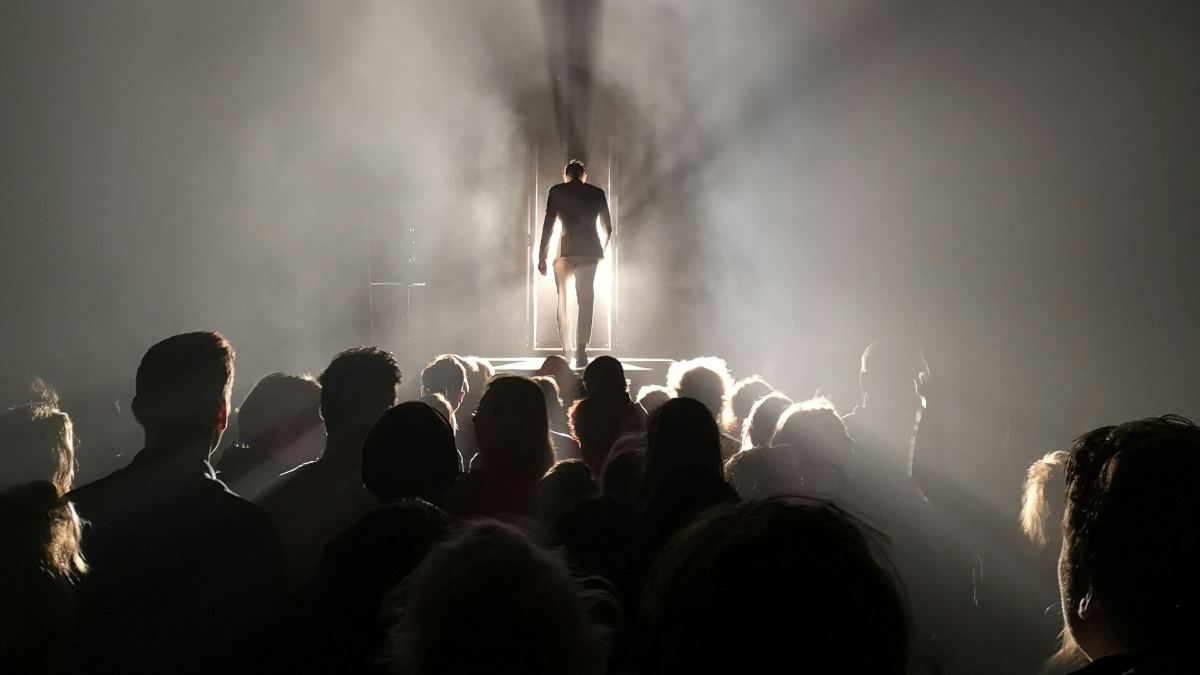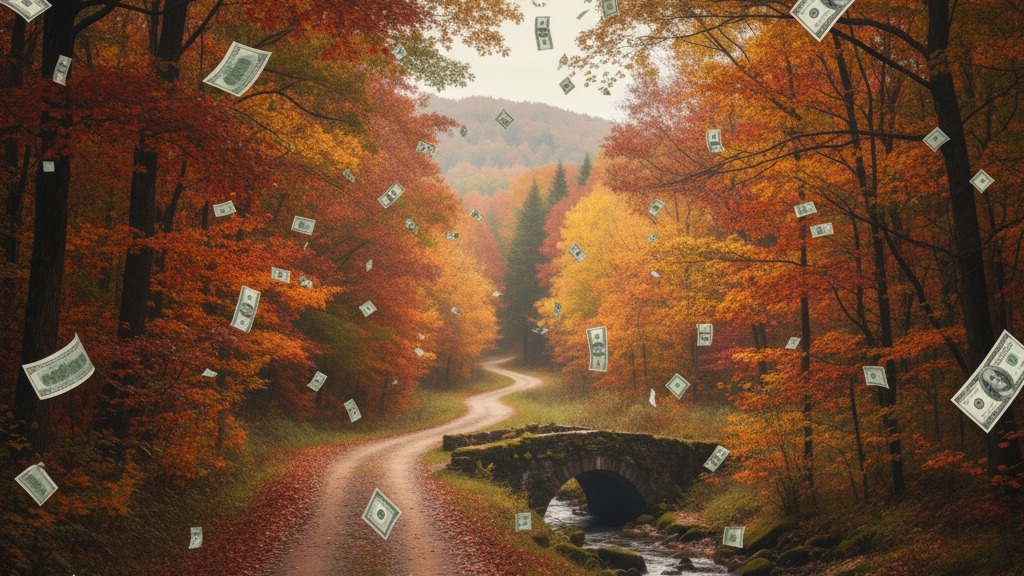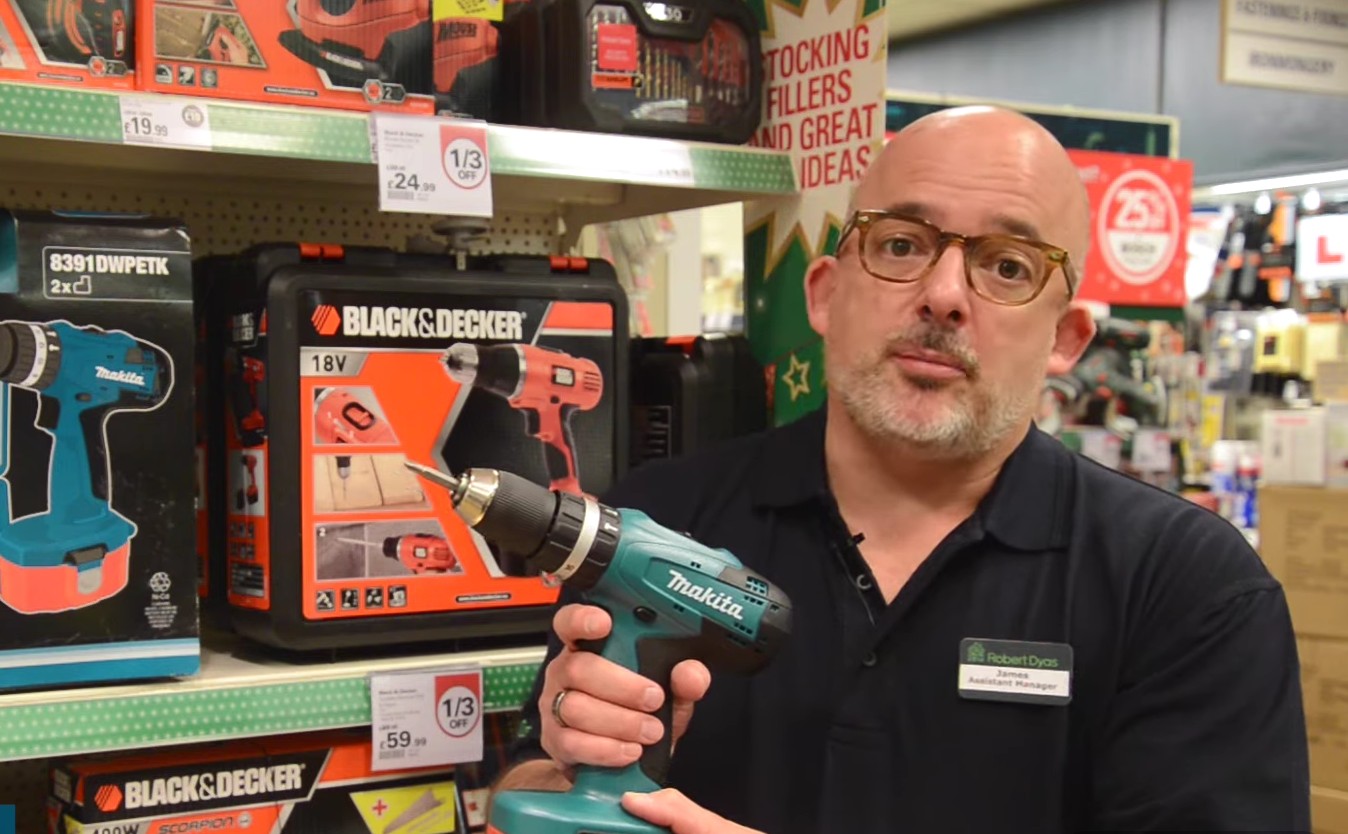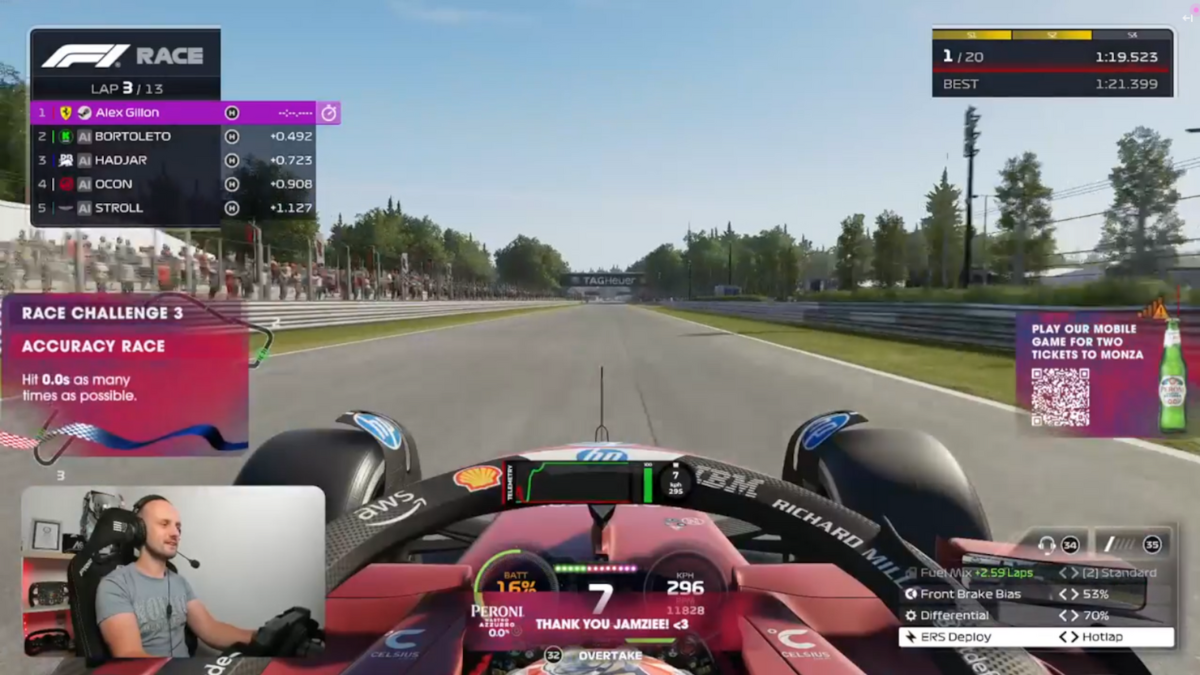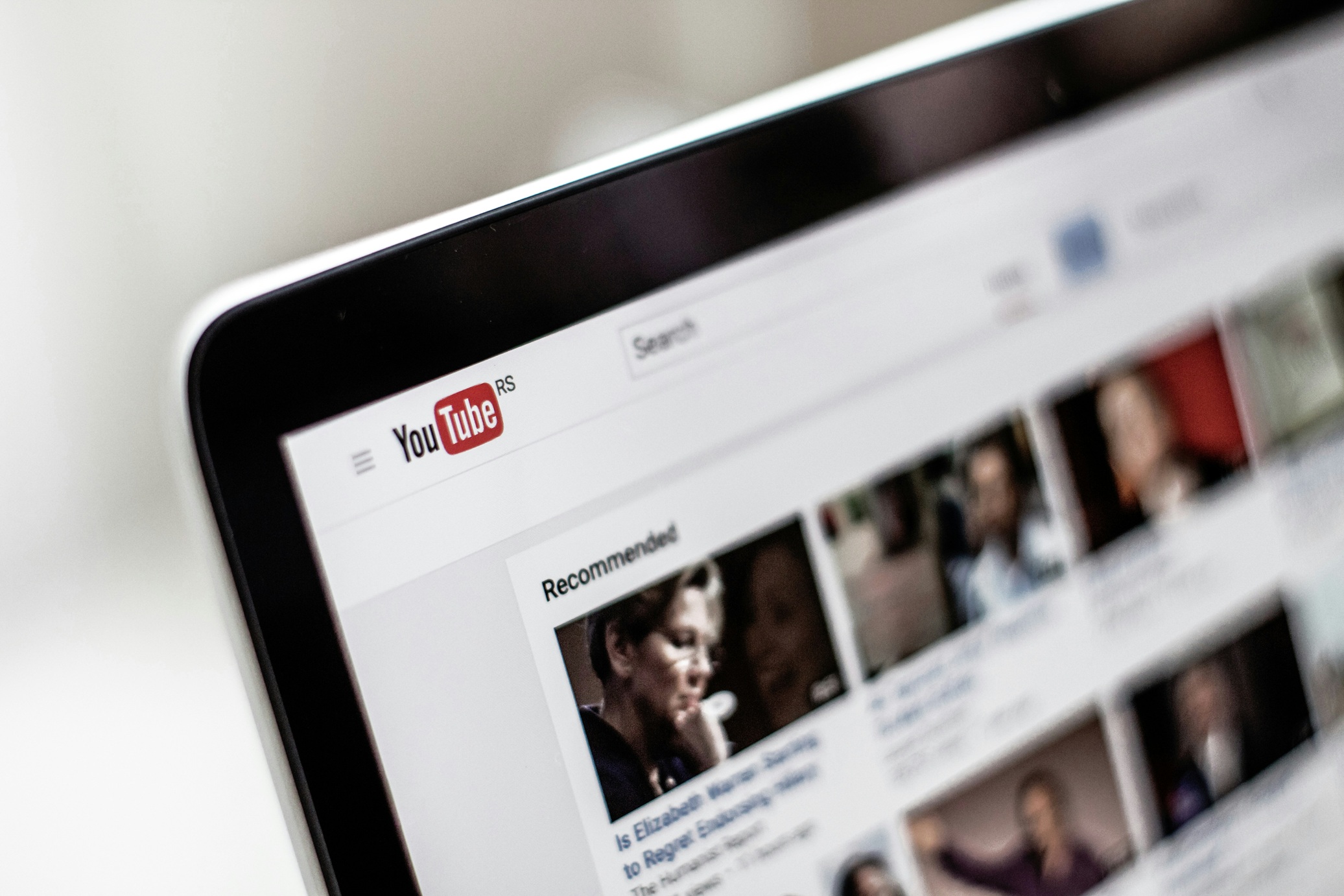Over the past twenty-three years Nick Wright has built a name for himself with a unique blend of creative, marketing and media positions, and a focus on gaming, film and TV, culture and the live arts.
He spent over five years driving the business as a partner at Amplify before joining Havas in 2013. Since then, he’s worked at Havas Entertainment, Havas Media Group and the Network, in roles spanning strategy, creative and growth. In January, Wright took the role of CEO at Havas Play UK, an agency that sits at the intersection of entertainment, sports, technology and fandom.
We asked Wright about how his role sits between media and creative, and how Havas is bringing more media thinking into the creative process.
Havas Play’s tagline is helping brands play meaningfully in culture, and you’ve previously spoken about fuelling the creativity of media clients… How does your work bring culture, creativity and media together?
Nick: Since I’ve been with Havas, a lot has changed and a lot hasn’t changed. When I joined as a creative director in media, I spent half of my time answering the question, ‘what the fuck is a creative director doing in media?’ Funnily enough, nobody asks that question anymore because they expect creative thinkers in media. But what we’ve not really managed to do is break down the silos between creative and media. We still try to make our creative at the end of a media plan. What we’re not doing is co-creating campaigns that coalesce around creative and media in a natural and connected way. I think success for me would be when you can’t separate the media and creative. You go… ‘that was an amazing campaign with a brilliant killer insight, that came through to this big idea with lots of applicable executions.’
Would clients prefer that creative and media worked more closely together?
I think there’s certain brands and clients that think this way. One way to think about it is to look at the moment where the product has the most relevance, find a cultural moment, and put in work with that culture to build the idea. Once you’ve got to that point, pour media on it like gasoline — explode it.
For challenger brands and culture brands, it’s second nature. But brands that are more traditional, or larger scale, struggle to bring these things together, and they still have quite traditional working methods of, ‘right, we’re going to brief our ad agency weeks before we brief our media agency.’
I felt like we were on a journey where clients were becoming much more comfortable with a less traditional way of thinking, but then the cost of living crisis and Covid-19 happened, and they went back to a ROAS [return on ad spend] mentality. It feels like snakes and ladders.
Do you ever get briefed to start with the media then explore how the creative could feed into that?
Yeah. At Havas, we’re definitely seeing doors open to rooms to let that thinking go both ways. We’ve just brought in some new folks within the media bit: Emma Withington and Emily Fairhead-keen.
Emily writes for us. She’s great.
For me, they’re door-openers. They think of strategy in the same way I do. Which is like, a big idea that then unpacks into different channels. I think they want to upstream that sort of thinking much more. We’ve been talking about how products within Play, like sponsorship, can play a role as part of a media plan. I think that’s changing. We were already doing pretty well, but I think we’re accelerating. Mark Whelan, chairman of the Havas Village, has been pioneering having media thinking as part of creative pitches.
So, having media people present at the start of the creative process?
Yeah, media thinking at the start of the process. Or, once you’ve got your big idea but before you start thinking of your executions.
I feel like it’s a pendulum between creative thinking and media thinking. If you get that right you’ll create much more effective campaigns, because you know your big idea won’t dilute as much when it gets down to what it looks like as [executions]. It’ll be more targeted and focused, and you’ll see how the essence of that big idea will live and breathe much more effectively in the channel.
Using media thinking to shape creative executions?
Yeah, so rather than do TV first, it’s, ‘why don’t you find out where the audience are and what they want, and then create more effective ideas within those channels?’
Media is very good with data — being able to filter and cut things out. It’s a highly effective tool for influencing the creative process.
Does the golden era of streaming, or whatever we might be in now, create a lot of opportunities for branded entertainment?
It’s funny because content was such a big thing, wasn’t it? There were some brilliant series coming out from brands, either co-created with a media channel or as a standalone. We were seeing brands starting to think in episodic fashion, to create entertainment IP that was linked to their product or brand, and then serialise it across multiple episodes.
It feels like that’s disappeared a bit. I think brands may be moving more into the big TV stuff. I think there’s a role for all of it, and that it’s a hugely effective way of engaging with an audience in a place where you’re not disrupting them.
What I’d like to see more of is high-quality branded content again. Getting back to highly engaging content, where the brand has found a sweet spot between them and their audience, which is usually a point within culture.
I don’t know if it counts as branded entertainment, but I thought it was an interesting crossover between physical and digital when Havas turned Magic: The Gathering into a Robot Wars TV show, to promote a new expansion set for the card game.
That came out of the team in Havas Entertainment, in collaboration with Havas Play. It was a really good example of the media agency and creative entity working together — finding an IP and finding an insight. I’m a film and gaming fan. What we’re seeing now is much more crossover between gaming and film.
I think if you can get to a point where there’s an idea that’s entertaining and serves a business challenge or client brief, that has genuine interest from an audience — then you layer in media reach through a media partner on TV or broadcast. For me, that’s where brands need to be thinking. They should be looking to culture, to find interesting content to put onto their channels.
It feels like there are a lot of opportunities in gaming, in terms of crossover with other types of media.
What we’re seeing in gaming is more like IP splitting. So, ‘here’s the game, but we’re gonna also turn it into a film’. But then the film and game don’t really connect. I’d like to see much more crossover where there’s good marketing around gaming that could go into content spaces.
You’re younger than I am so you might not remember, but a campaign we did years ago was a Vivendi game called Cold Winter. Do you remember when everyone used to wear those silicone wristbands?
I do. I was one of them.
So the main character in the game was a guy called Sterling. He gets kidnapped. We created an entire ‘free Sterling’ campaign as a companion narrative to the main game, with wristbands and radio shout-outs. We filmed all this content based on the narrative of the game. It was massively successful for Vivendi. [Editor’s note: at the time the ASA upheld two complaints from people who found the campaign distressing.]
I’d like to see more of that, extending the IP beyond the narrative of a game into interesting content areas; to engage people in more of the story through marketing. Rather than just go, here’s the trailer, go and buy the game.
On crossover between Havas Play and Havas Entertainment, it feels like there’s a natural fit. Do many other agencies operate in a similar way? Is the industry, in general, moving towards more of an entertainment mindset and offering?
Loads of networks have launched their gaming propositions. But I’d say we’re ahead of the pack in terms of knowledge for gaming clients, and also for brands that want to get into gaming and use that as a media itself.
A lot of games are effectively their own platforms, so advertisers could almost promote solely within platforms themselves, at times.
If you’re fighting for screen time and you’re not even considering games as a space to actually put media or your brand, it feels like you’re cutting out a huge part of somebody’s media landscape. Gaming should be considered as part of a media plan, as much as TV is for some audiences.
Do you think it gets ignored by advertisers?
I think people are scared of it, a little bit.
That they don’t quite understand gaming, maybe?
Yeah, they don’t understand it. It hasn’t been productized, like TV. But with the dynamic platforms in games, the ability to create new worlds and put new content into gaming has never been easier.
A lot of platforms are live streaming sport now. Are there more opportunities there?
There’s something going on. My biggest tip for sport for a brand right now, if you want to garner an unfair share of attention and do something meaningful, is women’s sport.
It’s already on the rise but there’s a long way to go. This year we’ve got the Cricket World Cup, the UEFA Women’s Euros, and the Rugby World Cup. We’re seeing athletes like Illona Maher coming through owning platforms. I mean, she’s the most-followed rugby player, across male or female, on Instagram. Sportswomen need support because they’re not getting paid the wages the men get. There’s a real opportunity for brands to go in, not just with the chequebook, but with a meaningful difference — utilising their own products, reach and platforms to actually elevate a sport, and move it forward in a partnership sense. I think if they do so they’ll get a massive return on their investment.
How do you see the industry at the moment, in general? What sort of place is it in?
I’m excited about where it can go. I do think we took a couple of steps back. As I said earlier, we slid down the snake towards ROAS and traditional media. We need to climb back up the ladders of innovation and creativity and move forward.
I’m seeing a more optimistic outlook, and a shift from product selling to brand building. We’re getting back to building brands for the long term. I’m seeing sponsorships as an opportunity for brands to leverage, maybe in adjacency to their media plan. Rather than going and buying an audience, maybe find an area to sponsor within a culture that the audience exists in. But utilise the assets you get from that sponsorship as part of your media plan. It’ll become more effective and more efficient, because you’re not sort of spending a load of money in paid media to effectively buy what you could get through a sponsorship.
I think we’re going to get a much more rounded view of how audiences should be engaged with, on a whole. And media being looked at beyond traditional channels, and how media will be seen as gaming, sponsorship, partnerships, and content. I think the brands that do this will gain an advantage over brands that don’t.
Main image by Marco ten Hoff on Unsplash

